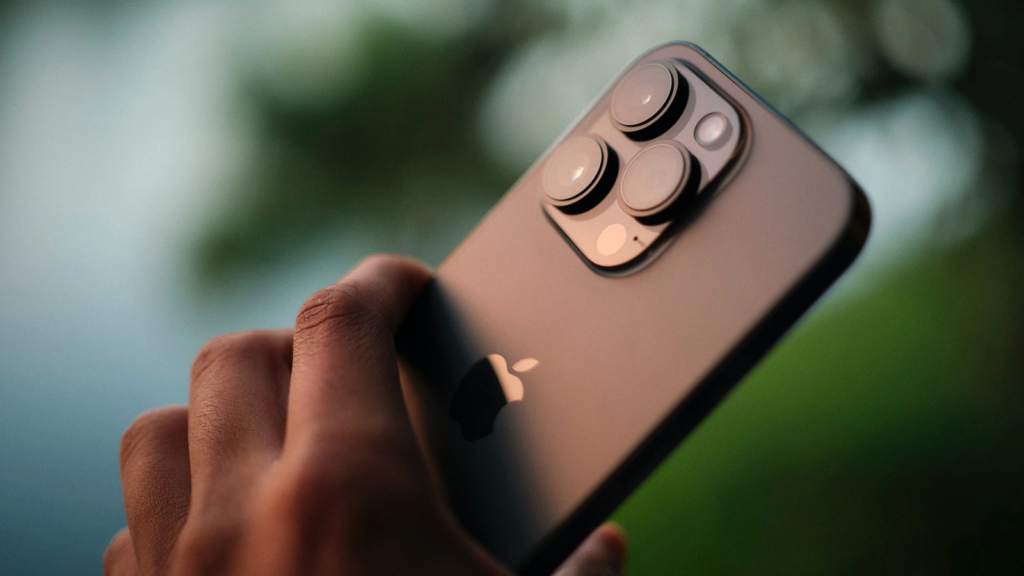Apple is on track to revamp its iPhone lineup in 2025. Many believe that the forthcoming iPhone 17 Air may lead to a significant change in Apple’s stance on the fourth iPhone model, a position that has historically been filled by the Plus or Mini series. The launch of the iPhone 17 Air is slated to happen instead of the iPhone Plus, and it will probably showcase a sleeker, lightweight design, satisfying users desiring aesthetics that are both sleek and feature-rich.
This ultra-thin edition is supposed to fit between the ordinary iPhone 17 and iPhone 17 Pro models, just as Apple did in 2008 between the MacBook and the MacBook Pro models with the launch of the original MacBook Air. The idea of an ‘iPhone Air’ was presented by YouTuber Jon Prosser, and influenced by the reporting of Bloomberg’s Mark Gurman. The new strategic move from Apple is prompted by the iPhone Plus’s disappointing sales and aims to boost its standing in this part of the lineup.
The iPhone 17 Air, as reported by MacRumors, is anticipated to feature huge design, display, and internal hardware enhancements. Here is a thorough insight into everything that we are aware of at this time.
Thinner Design and New Materials
Though the new iPhone will likely stick with the titanium frame from the iPhone 15 Pro models, the iPhone 17 Air will supposedly display a “substantially slimmer” profile. However, the case may be optimism expected on Aluminum which will not only make the phone lightweight but also strong. However, some of the reports indicating that it may continue to have a titanium frame, but the proportion of titanium will be lower than that of the Pro series.
The internally identified as D23, iPhone 17 Air has received significant design changes which have been characterized as radical as the launch of the iPhone X. It will also feature a slimmer Dynamic Island due to the presence of new smaller metalens technology for Face ID introduction. This would allow Apple to make the top-notch area smaller, although many critics, including Ming-Chi Kuo, dispute it.
Smaller Display with ProMotion Support
It has been said, though by no means confirmed, that the iPhone 17 Air will have a screen size of 6.6 inches, just a little bit less than the iPhone 16 Plus display size of 6.7 inches. Display Supply Chain Consultants analyst Ross Youngen believes the screen is 6.55 inches, nonetheless, testing modifies the final decision before the launch.
Further, the iPhone 17 Air is likely to support ProMotion technology and will be a shift from solely a pro variant. This will be made possible by the ProMotion feature whereby the device display can refresh between 120Hz for optimal scrolling and video and be scaled down to 1Hz for always-on display. These are set at a low refresh rate which is important for battery efficiency for displaying things like the lock screen, widgets, and notifications.

Camera Redesign and Advanced Features
A notable rumor about the iPhone 17 Air suggests that the rear camera system could be relocated. Those cameras could be relocated to the top-center section of the device, a positioning that has yet to be found in any earlier iPhone design. This would be a notable alteration from the iPhone’s customary top-left corner camera placement, which has been followed since 2007. Unconfirmed information from some sources indicates that the iPhone 17 Air may only have one rear camera, instead of the usual two or three.
Moreover, Apple is believed to upgrade the front camera throughout the iPhone 17 lineup to a 24-megapixel sensor with a six-element lens, doubling the resolution from the current 12-megapixel sensors. This improvement will notably boost the quality of selfies, making possible clearer images even after zooming or cropping the photo.
Cutting-Edge Internal Hardware
The iPhone 17 Air should come equipped with 8GB of RAM, which is an improvement upon the 6GB RAM available in previous non-Pro models. Amped by the forthcoming A19 chip from Apple, which uses a more sophisticated version of TSMC’s 3nm process (either N3P or N3X), the equipment is designed to enhance performance and efficiency.
There are rumors that Apple may present its initial in-house 5G modem with this device, cutting its dependence on Qualcomm chips. If such a situation arises, the iPhone 17 Air could bring about enhancements in connectivity and energy efficiency.
Higher Price Tag Expected
The potential drawback for potential buyers is that the iPhone 17 Air is likely to have a price tag exceeding that of the current Pro Max models, which have a starting price of $1,199. Despite the lack of all the usual Pro features, the product’s slim and innovate design is likely to draw customers who are eager to pay for the price tag it comes with. Mark Gurman has predicted that while the iPhone 17 Air may not equal the strength of the Pro models right now, it represents a crucial development milestone as Apple aims to optimize its design for top-tier performance by 2027.





